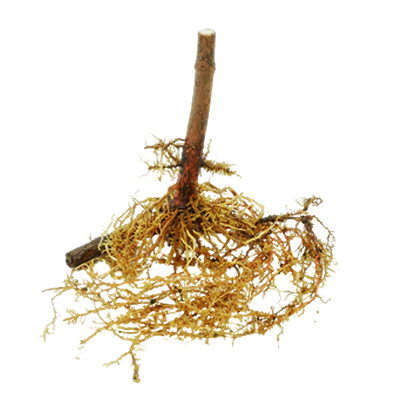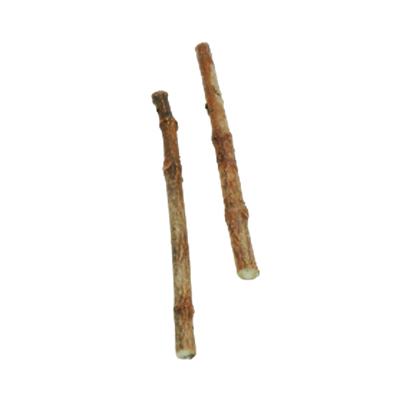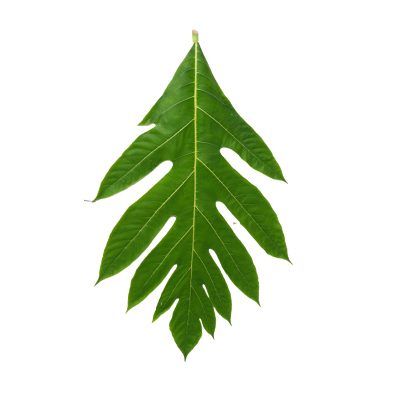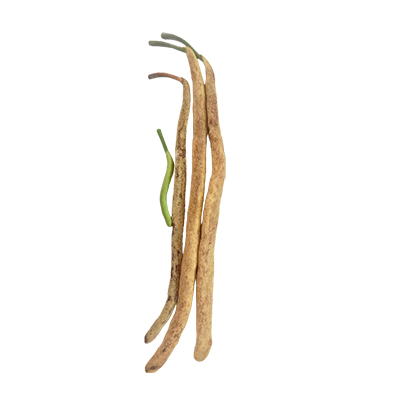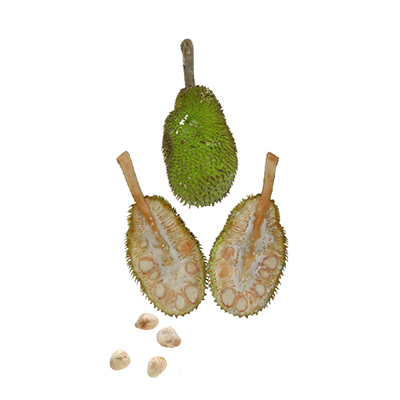Breadnut
Artocarpus altilis (Parkinson) Fosberg
Moraceae
Location in our garden
Principal

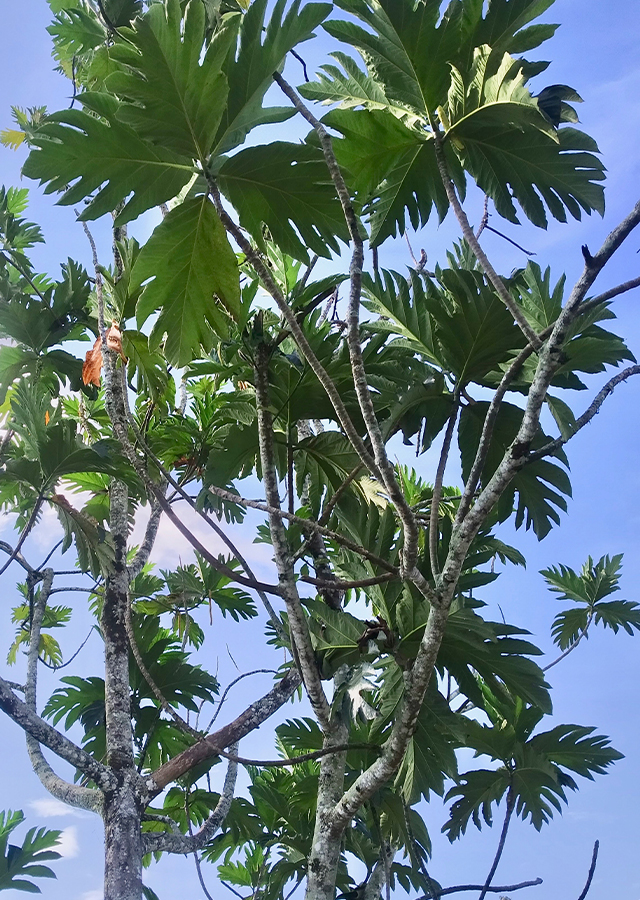

Synonym
Artocarpus blancoi (Elmer) Merr.
Artocarpus camansi Blanco
Artocarpus communis J.R.Forst. & G.Forst.
Habitus
Trees. An evergreen tree with a spreading canopy, growing 10 - 30 m.
Part Used
Leaves
Seeds
Bark
Flowers
Fruit
Roots
Growing Requirements
Full Sunshine
Need Shade
Habitat
Terrestrial
Overview
Breadnut's exact origin is uncertain. The centre of genetic diversity extends from Indonesia to Papua New Guinea. In a broad sense, it is a native of the Pacific and tropical Asia. It is now grown in approximately 90 countries in South and Southeast Asia, the Pacific Ocean, the Caribbean, Central America and Africa. In tropical Asia, breadnut is widely planted and has become a common staple food crop and is profusely planted in garden areas.
Vernacular Names
Sukun (Indonesia), Fruta-pao (Brazilian), Castaño del malabar (Cuban), Brotfruchtbaum (German), Albero(Italian), Broodvruchtboom (Dutch), Kamansi (Philippines), Saké (Vietnamese).
Agroecology
Breadnut prefers to grow in warm and wet lowland areas of the tropics with a maximum temperature of not more than 32–38 °C. It grows in low to moderate elevations where it is located at elevations ranging from sea level to 1,550 m, with mean annual precipitation ranging from 1500 to 3000 mm, and a relative humidity of 70–90%. Established plants can grow in full sun, but young plants require 20 to 50 percent shade.The tree prefers light, well-drained soils with pH levels of 6–7.5 (sands, sandy loams, loams, and loams of sandy clay).
Morphology
- Stems - large, branch, buttresses at the base, sticky, white, milky latex.
- Leaves - clustered at end of branches and arranged spirally up the branchlets, on 8–12 cm petiole.
- Flowers - axillary and solitary, on an unbranched axis, with flowers. Male flowers consist of apical 2- lobed, pubescent, lanceolate lobes of the tubular perianth; elliptic anther. Tubular perianth, ovoid ovary and along, apical 2-branched form are female flowers.
- Fruits - a syncarp formed from the entire inflorescence, cylindrical to globose, 10-30 cm in diameter, rind yellow-green, reticulately marked with 4-6-sided faces, sometimes bearing short spines.
- Seeds - rounded or obovoid, irregularly compressed, 1-3 cm long and with a pale to dark brown seed coat.
Cultivation
- Generative propagation (by seeds).
- It has a very short viability and needs to be sown as soon as it is ripe.
- The seedless breadnut usually propagated by root cutting, and root sucker
Chemical Constituents
Leaf: friedelinol, squalene, sitosterol, stigmasterol, phytol, steroids, phytosterols, gums and resins. Stem: polyprenol, cycloartenol, cycloartenol acetate. Chemical constituents such as morin, moracin, dihydromorin, cynomacurin.
Traditional Medicinal Uses
- To repel mosquitoes and other flying insects, dried male flowers can be burned.
- The wood is light and compact in weight and simple to operate and carve. It is made up of sculptures, pots, floats for fishing, and other items.
- Wood is quickly burned, although only older, less viable trees are typically used for fuel.
- Anthelmintics, the aqueous leaf extract potent as antihypertensive.
- Root extracted from Artocarpus altilis can inhibit the formation of thromboxane (an inducer of platelet aggregation).
- Methanolic leaves extract has maximum preferential cytotoxicity against PANC-1 human pancreatic cancer cells.
Part Used
Reference Sources
- CABI . (No date). Invasive Species Com.pendium. Artocarpus altilis (breadfruit). https://www.cabi.org/isc/datasheet/1822 (Accessed 09-10-2020)
- Healthy Benefit Times. (No date). Breadfruits facts and health benefits. https://www.healthbenefitstimes.com/breadfruits/ (Accsessed 09-10-2020).
- Fern, Ken. (2014). Useful Tropical Plants. Artocarpus camansi. http://tropical.theferns.info/viewtropical.php?id=Artocarpus+camansi (Accessed 09-10-2020).
- Seibert, B & Jansen, P.C.M. 1999. Artocarpus altilis (Parkinson) Fosberg In: Verheij, E.W.M., & Coronel, R.E. (Editor ): Plant Resources of South-East Asia No 2. Edible Fruits and Nuts. Backhuys Publishers, Leiden, the Netherlands. pp 83-91.
- Sikarwar, M.S., Hui, B.J., Subramaniam, K., Valeisamy, B.D., Yean, L.K., and Balaji, K. 2014. A Review on Artocarpus altilis (Parkinson) Fosberg (breadfruit). J App Pharm Sci, 4 (08): 091-097.
